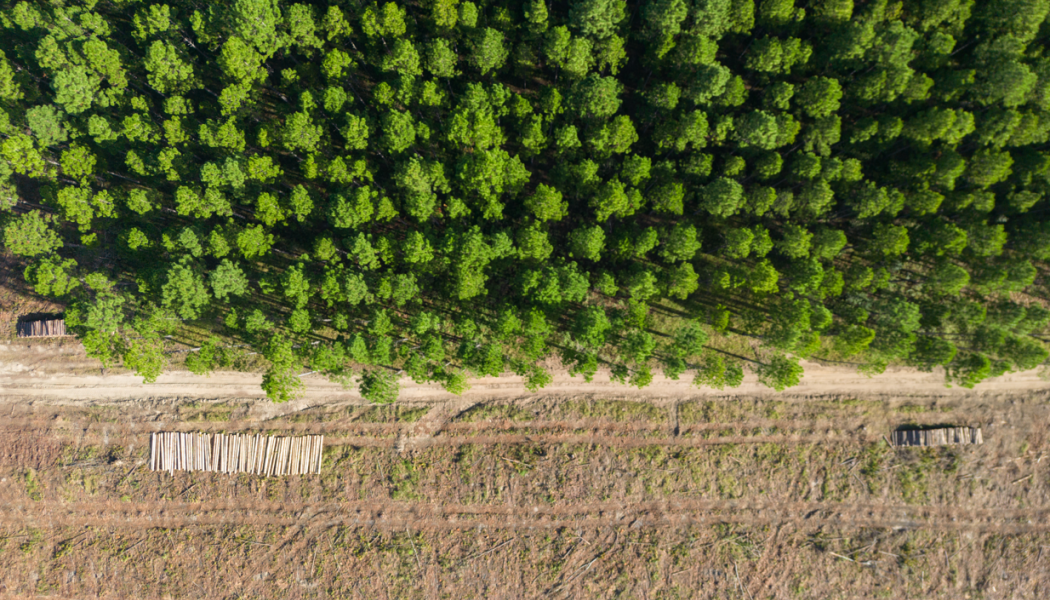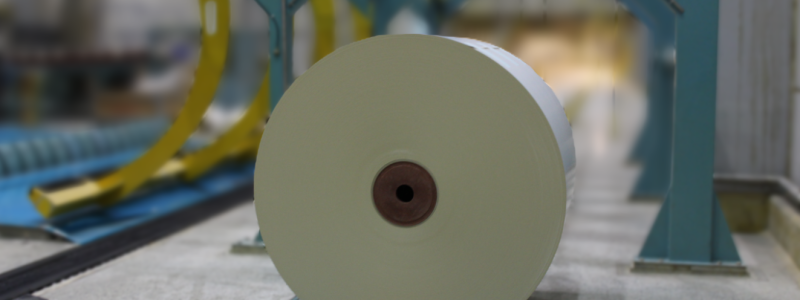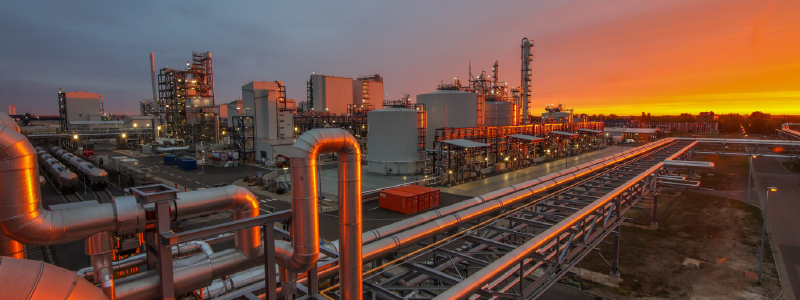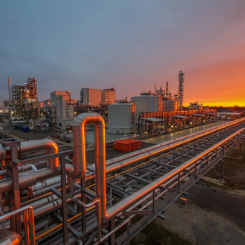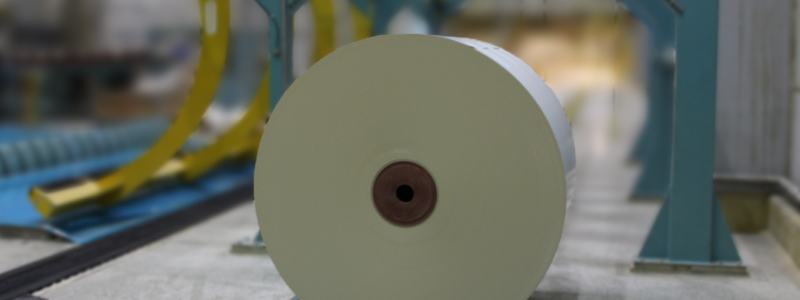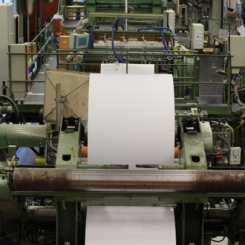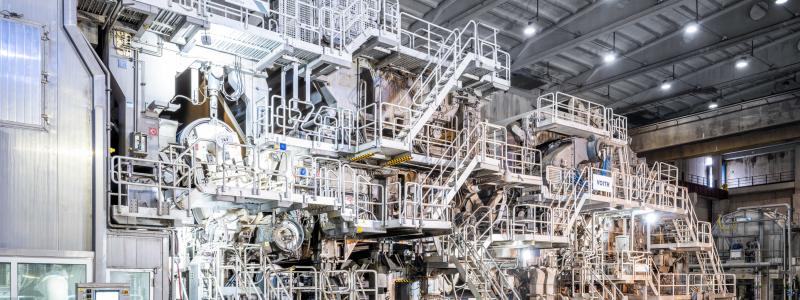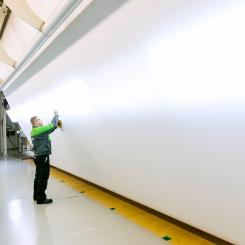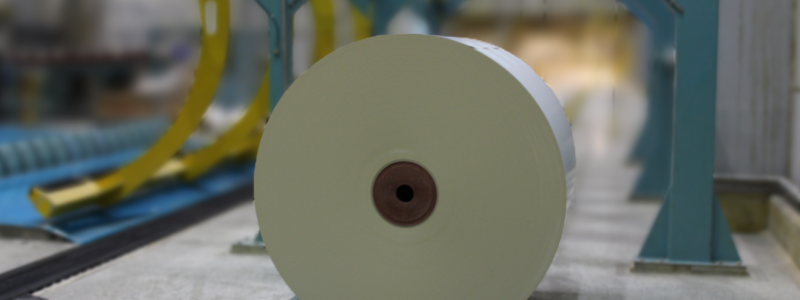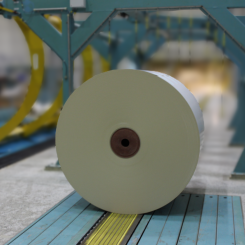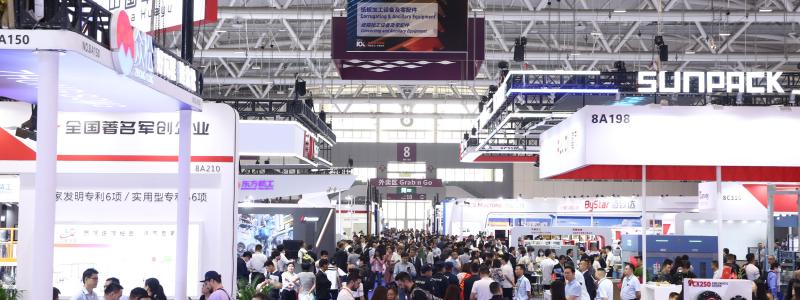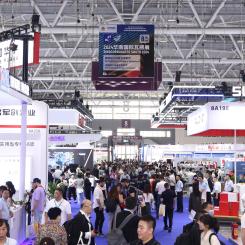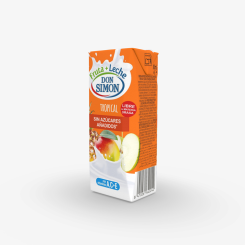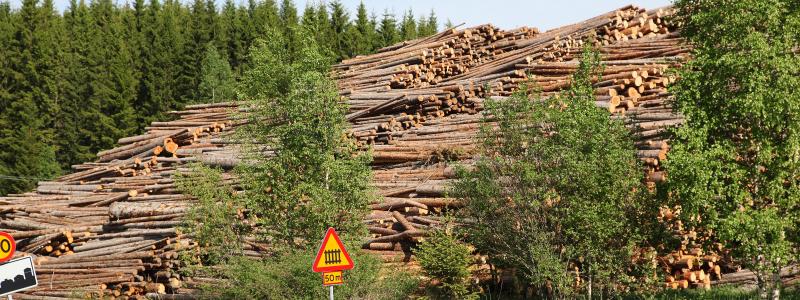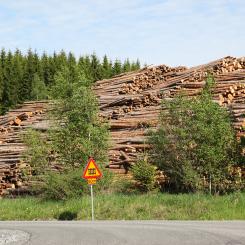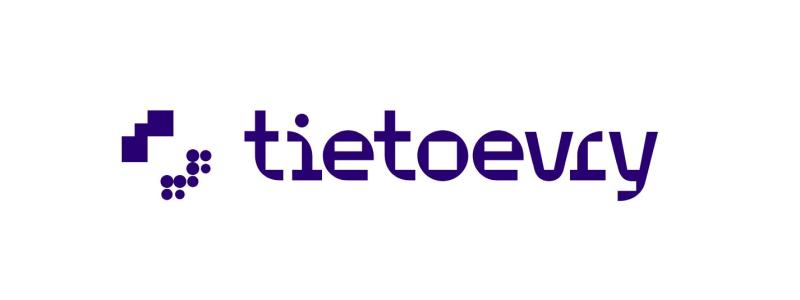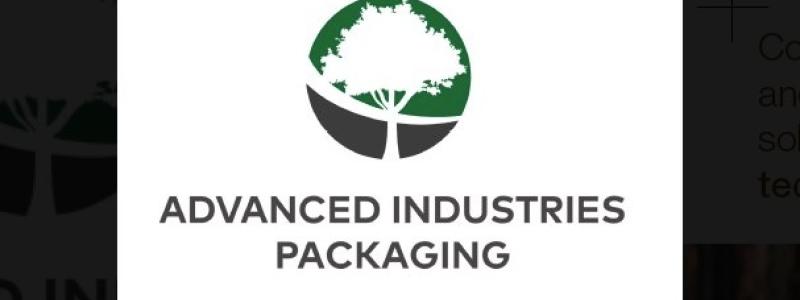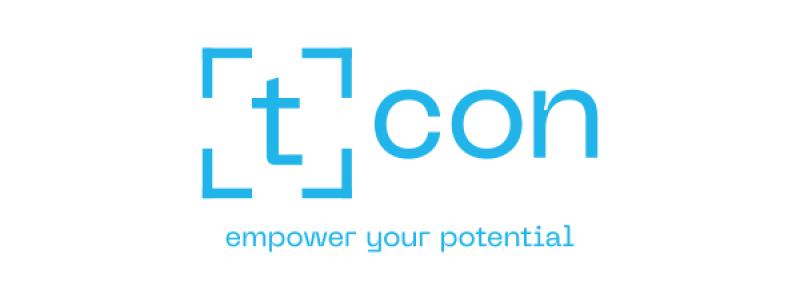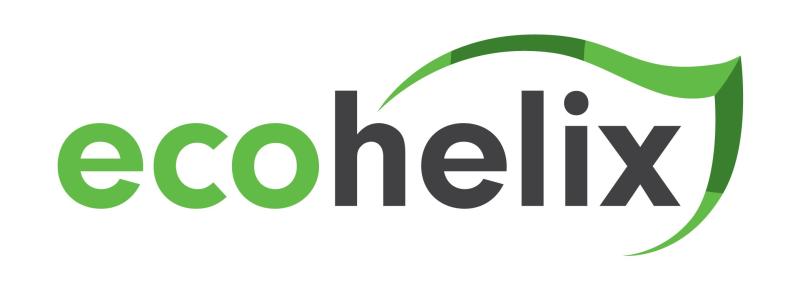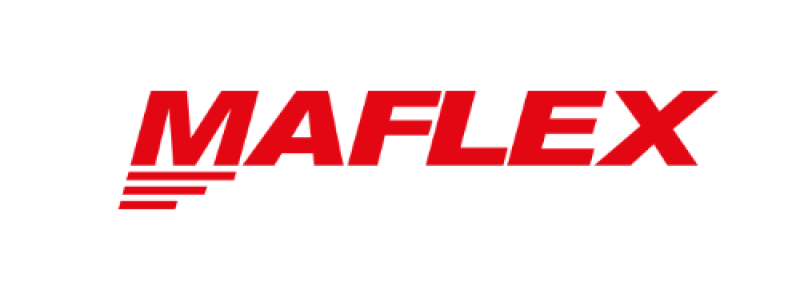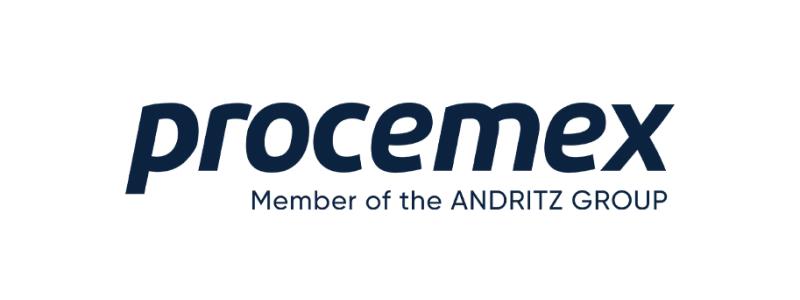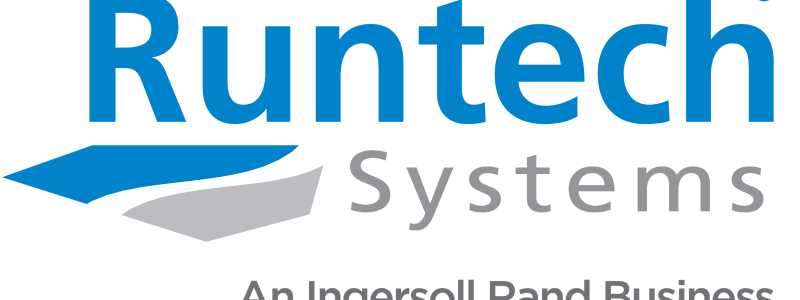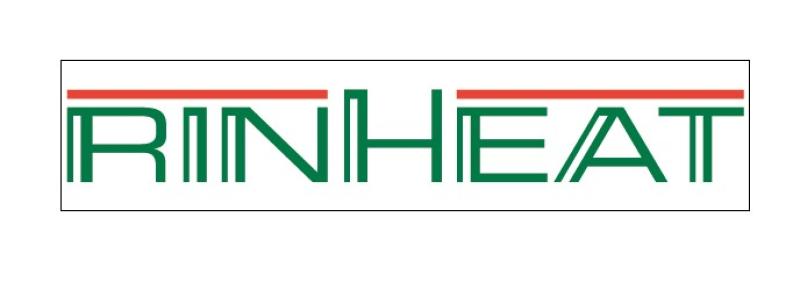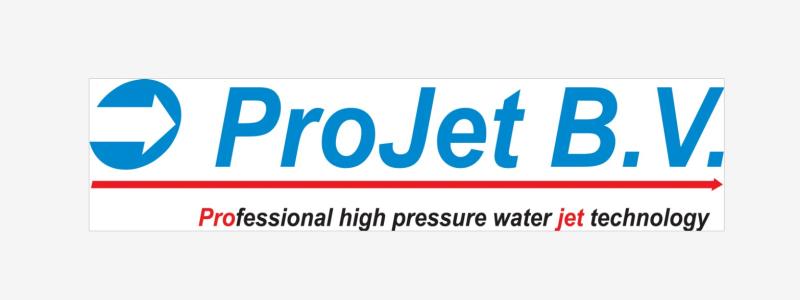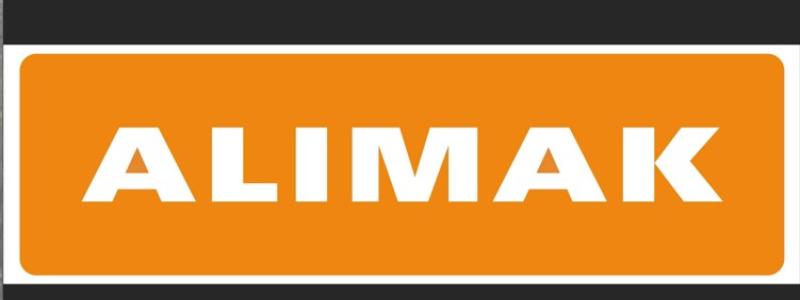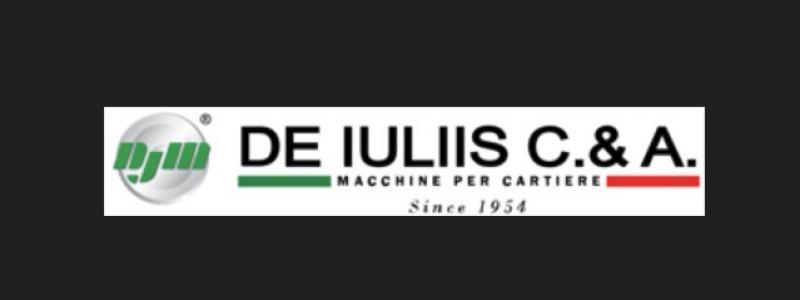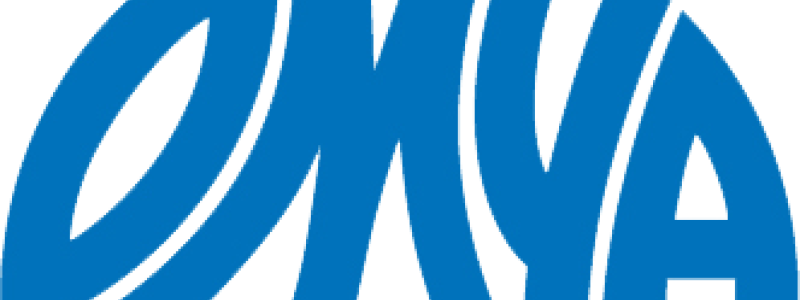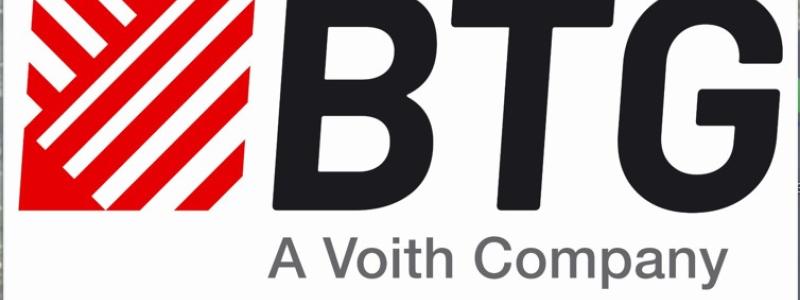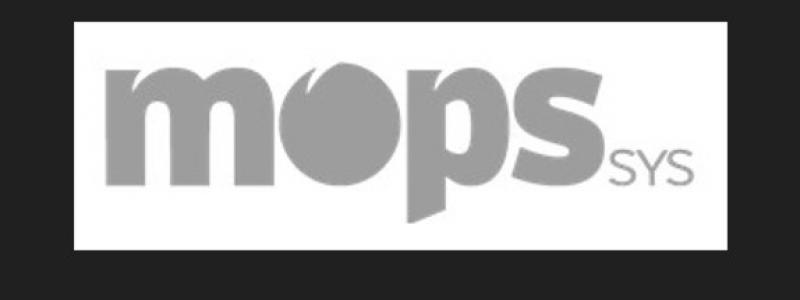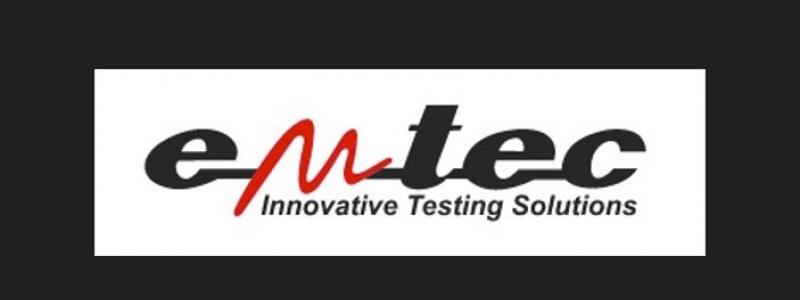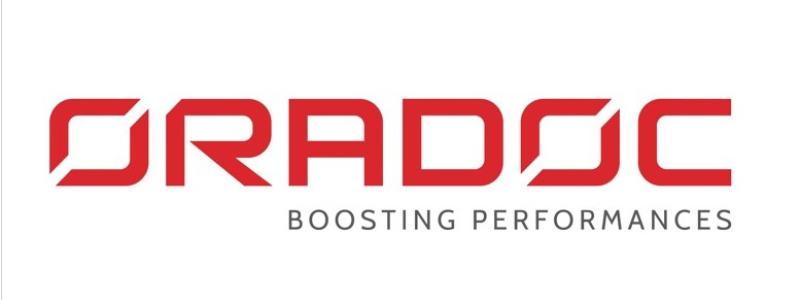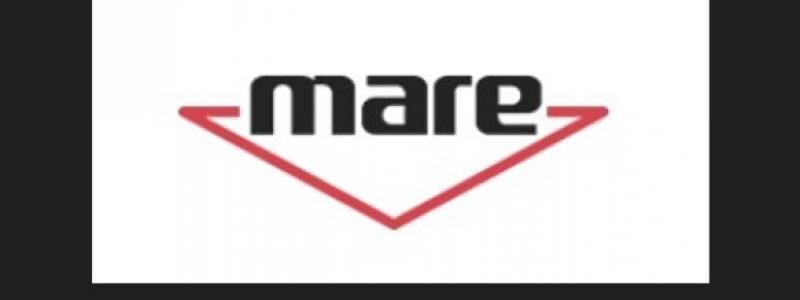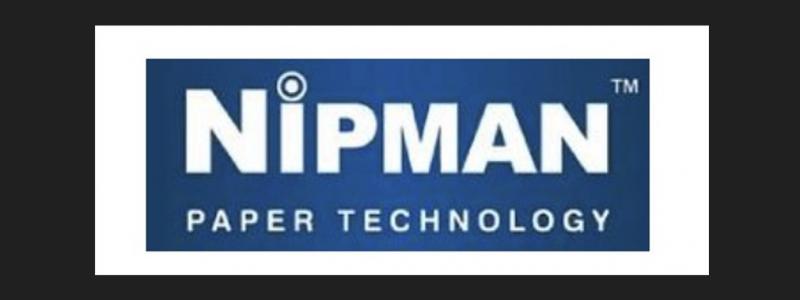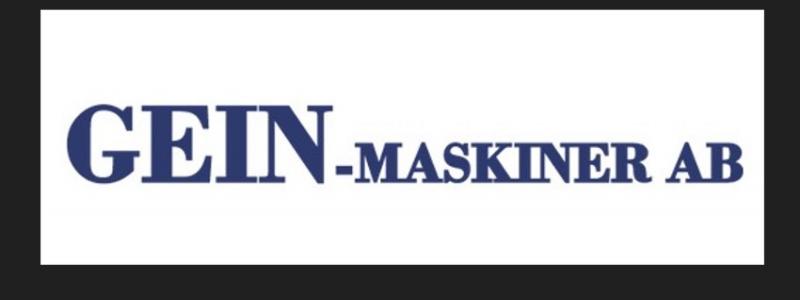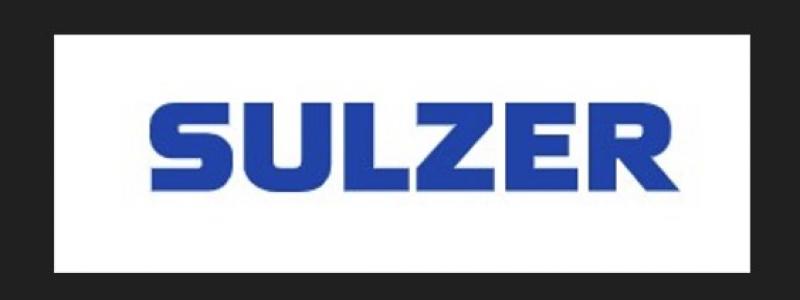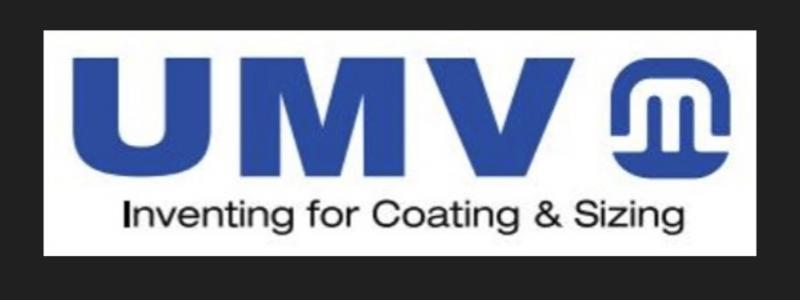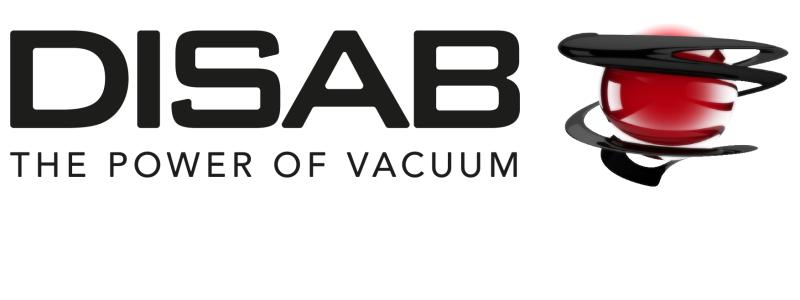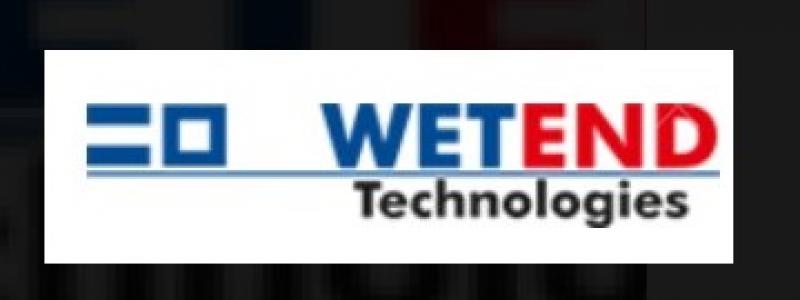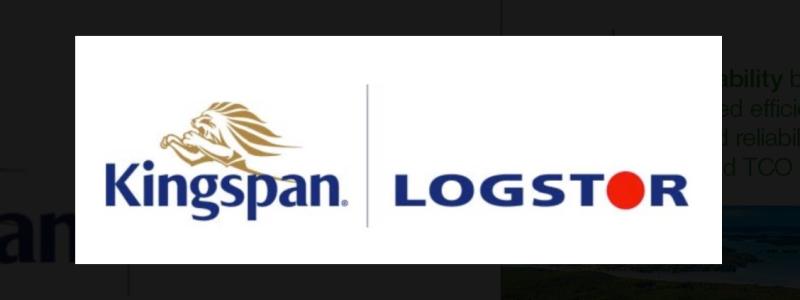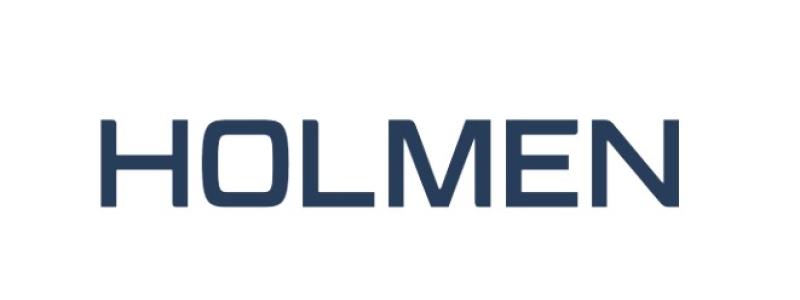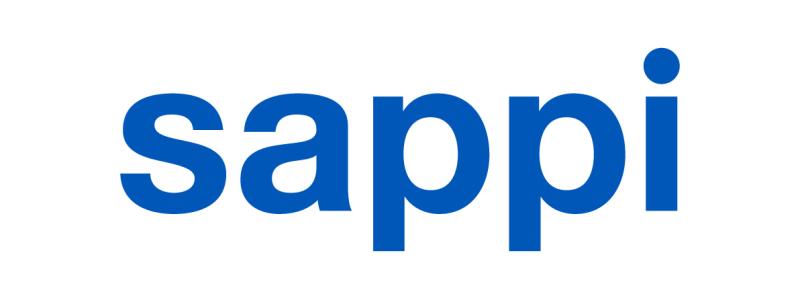In May 2025, the EU Commission published the final risk classification of countries of origin under the EU Deforestation Regulation (EUDR). Our interface solution LINK.EUDR can help.
The classification into low, standard, or high risk has a direct impact on the due diligence obligations of companies that trade in certain raw materials and products.
What has changed?
The new risk assessment affects all companies that import, process, or export raw materials such as palm oil, beef, wood, cocoa, coffee, soy, or rubber. In the future, the country classification will determine the scope of due diligence:
- Low risk: Applies to all EU member states, among others. Simplified requirements apply to these countries of origin.
- Standard risk: Applies to around 50 countries, including major raw material suppliers such as Brazil, Indonesia, and Côte d'Ivoire. Companies must carry out comprehensive risk assessments and demonstrate appropriate mitigation measures.
- High risk: This includes Russia, Belarus, Myanmar, and North Korea, among others. Particularly strict requirements for transparency, documentation, and risk management apply here.
Why is this relevant for your company?
From December 30, 2025 (or June 30, 2026 for SMEs), affected products may only be placed on the EU market or exported if they:
- are demonstrably deforestation-free (cut-off date: December 31, 2020)
- have been produced in accordance with the law in the country of origin,
- and the necessary due diligence has been fully fulfilled.
The new risk assessment not only changes the evidence that must be provided – it also has a direct impact on supply chain decisions and compliance requirements in purchasing, production, and sales.
Recommendations for affected companies
- Review supply chains: Where do your raw materials come from – and how are these countries classified?
- Conduct risk assessments: A thorough analysis is mandatory for standard and high-risk countries.
- Adapt documentation systems: Geolocation, deforestation verification, risk assessments – all information must be available for inspection by the authorities.
- Raise awareness among partners: Training and education along the supply chain create the necessary transparency.
- Act early: Depending on the risk profile of the countries of origin, the adjustment effort can be considerable.
Conclusion
The new classification of risk countries is a key step in the implementation of the EUDR. Companies should take this development seriously and take timely measures to make their supply chains compliant and future-proof.
The solution LINK.EUDR meets the requirements of countries classified as low risk.
Would you like to know how your company is specifically affected – or do you need support with implementation? The LINK.EUDR interface by T.CON is the lean solution for meeting legal requirements.




